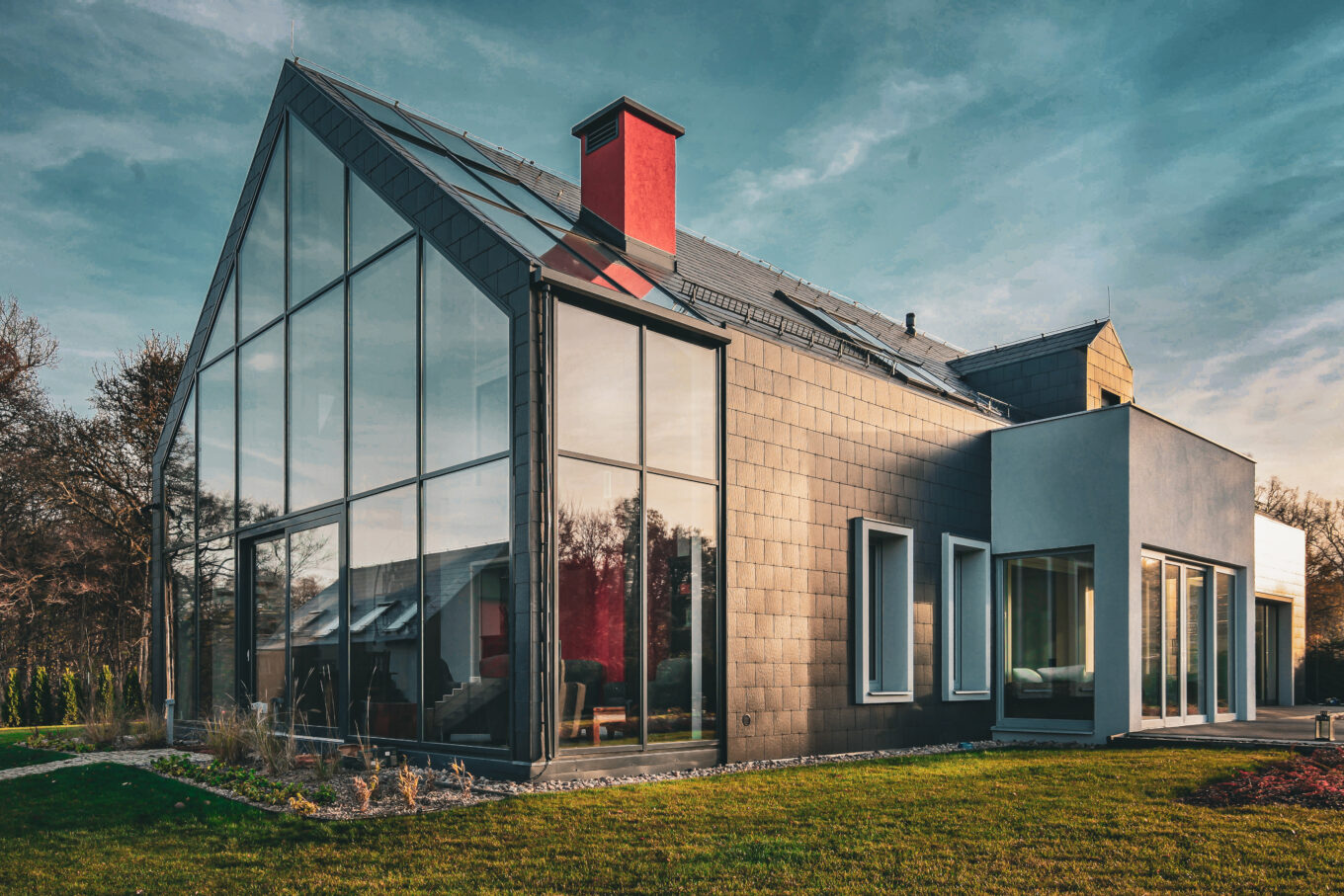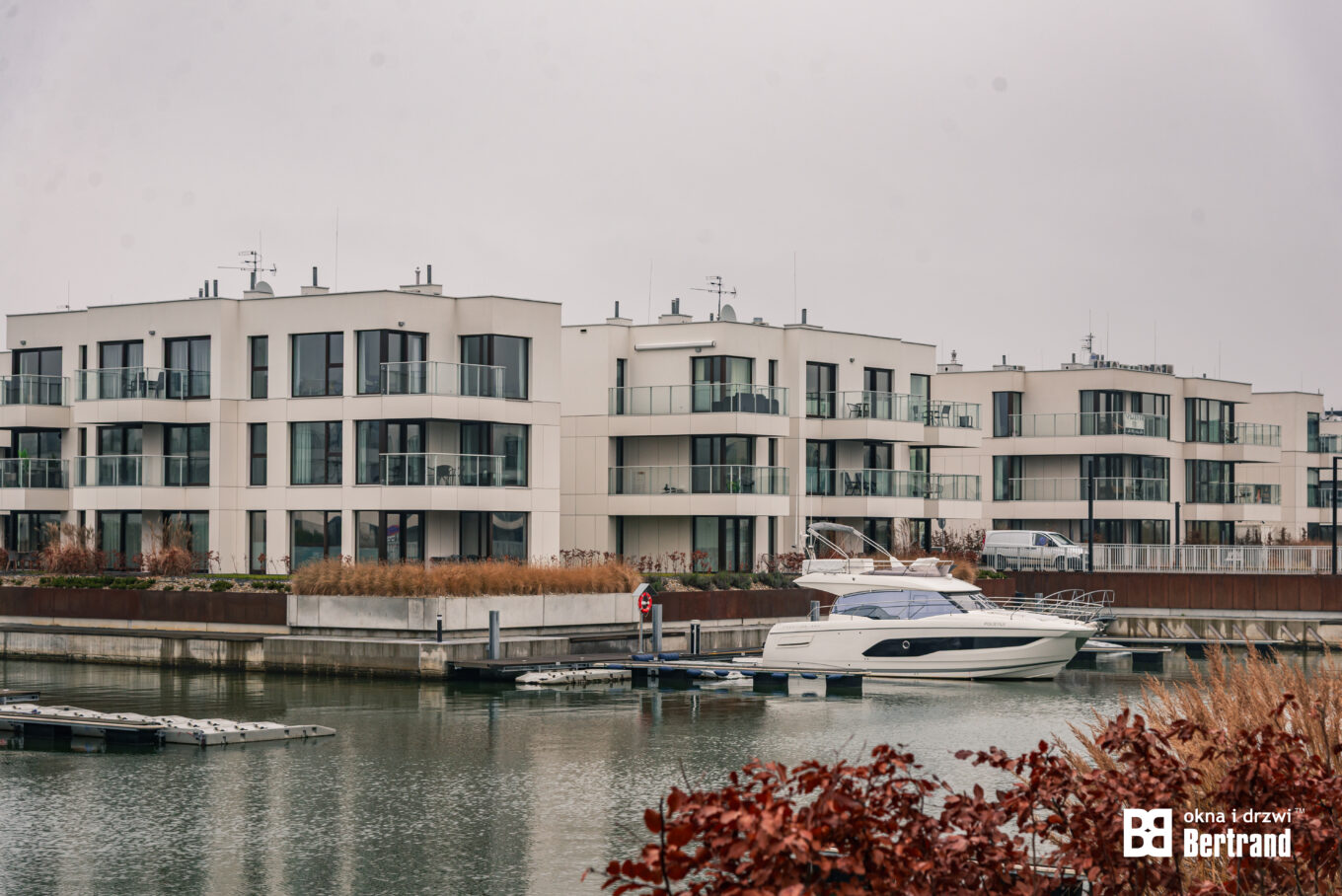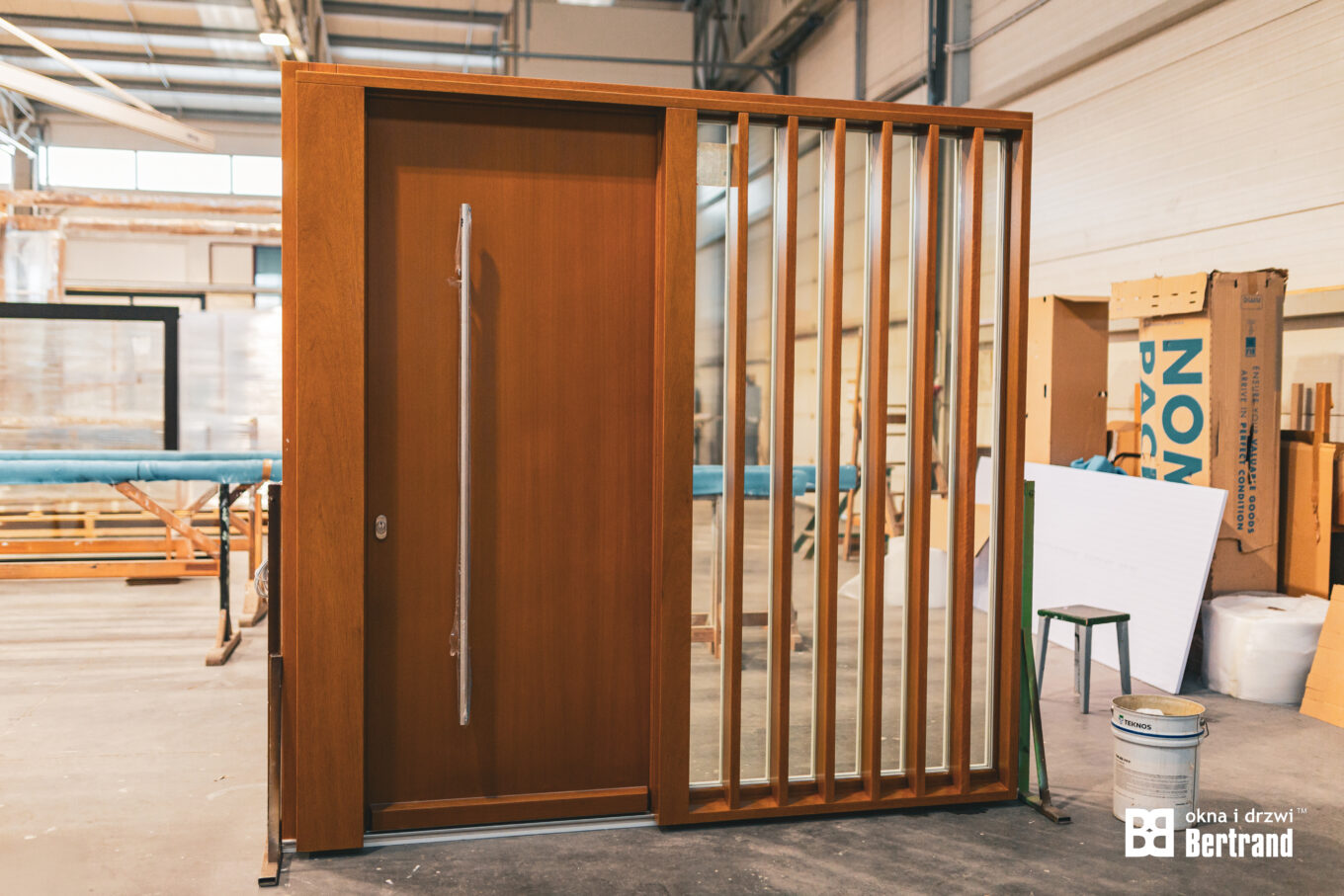You may have heard this term before, but have never given it much thought. That's because passive construction is not something you talk about on the tram or over Sunday dinner. However, if you are building a house, or are planning to do so soon, you absolutely must familiarize yourself with the term. Because it involves saving – a mere trifle – almost 50 % of heat energy that systematically escapes from your home. The game is definitely worth the candle.
Why is it worth investing in passive construction?
Let's start with what passive construction is. It is nothing more than an approach to designing and constructing buildings that focuses on minimizing energy consumption through the use of advanced insulation, ventilation and heating technologies. To put it bluntly: the goal of passive construction is to create a building that uses very little energy, and sometimes is even self-sufficient in terms of energy. What does that mean? First of all, great savings.
Energy saving This is one of the greatest advantages of passive construction. It is estimated that up to 30% of heat escapes through the windows of a typical house. Passive construction allows you to reduce these losses by using windows with a low heat transfer coefficient. That means not only lower heating bills, but also higher energy efficiency of the building.
Key Features of Passive Houses
Low energy consumption: The entire project focuses on minimizing energy consumption during construction and operation of the building.
Well-designed ventilation: Passive buildings use mechanical ventilation with heat recovery, which eliminates the need to use traditional heating systems.
Appropriate building orientation: The design takes into account the optimal use of sunlight, which reduces the need for artificial lighting.
High thermal insulation: Insulation of walls, roof and floor minimizes heat loss.
Passive heating: Natural heat sources, such as sunlight, support the heating of a building.

Characteristic features of passive buildings:
- Well-designed ventilation: Passive buildings are designed to provide effective ventilation without the need for traditional heating and cooling systems.
- Appropriate building orientation: Passive building design takes into account optimal orientation to the sun to take advantage of natural sunlight and minimize the need for artificial lighting.
- Adequate thermal insulation: Passive buildings are characterized by very good insulation. In the case of walls, roof and floor, to limit heat loss through the structure.
- Passive heating: Passive buildings can use natural heat sources, such as solar radiation and heat generated by household appliances, to heat the interior of the building.
- Low energy consumption: The main goal of passive construction is to reduce energy consumption, both during the operation of the building and in the process of construction and production of materials.
Both passive construction and passive windows are becoming more and more popular in many regions of the world due to the many benefits related to energy saving, sustainable development and resident comfort.
Passive windows – the key to savings
Passive windows are a key element in passive construction. They are characterized by very high thermal insulation. This means that they minimize heat loss and provide excellent thermal insulation. Windows of this type are equipped with multi-chamber profiles, special insulating layers and triple or even triple glazing with a low-emission coating. Additionally, passive windows contain advanced sealing systems that eliminate air leaks.
- High thermal insulation: Passive windows are designed for maximum thermal insulation. Their construction is based on multi-chamber profiles that prevent heat conduction to the outside and minimize heat loss inside the building.
- Triple or triple glazing: They are usually equipped with triple or triple glazing, which additionally increases thermal and acoustic insulation. These additional layers of glazing help maintain a stable temperature inside the building and reduce outside noise.
- Low-emission coatings: Glass is often covered with special low-emission coatings. This reduces the penetration of UV radiation and increases the energy efficiency of windows by reflecting heat into the interior of the rooms.
- Special profiles and seals: Passive window profiles are designed to minimize thermal bridges. They provide excellent tightness, eliminating air leaks and protecting the building's interior from heat loss.
- Mechanical ventilation with heat recovery: Some window systems from the passive category can be integrated with advanced mechanical ventilation systems with heat recovery. This allows for the effective use of the heat of exhaled air to heat freshly introduced air, which further increases the energy efficiency of the building.
- Resistance to weather conditions: Passive windows are also designed to withstand a variety of weather conditions. They provide durability and reliability for many years.
Examples of passive systems
MB 104. This system allows for the production of various architectural elements, such as windows, display cases or vestibules. It is characterized by exceptional thermal insulation, high acoustic insulation and water and air tightness. The design is available in two variants – SI and AERO, adapted to different energy requirements.

GEMINI Passive This is a wood-aluminium system, ideal for passive construction. It offers excellent thermal insulation and tightness, which makes it suitable for modern, energy-efficient buildings. The combination of wood and aluminum guarantees durability and aesthetic appearance.
Why is it worth investing in passive windows?
- Energy saving: Passive windows reduce heat loss, which translates into lower heating costs.
- Thermal comfort: They maintain a stable temperature inside the building.
- Sound insulation: Protect against outside noise.
- Durability: Durable materials provide resistance to weather conditions.
- Low maintenance costs: High-quality workmanship reduces the need for frequent maintenance.
Remember that choosing windows is not a decision for the summer, but often for years. In such a situation, it is worth investing in a solution. It will not only be practical and convenient, but also in the perspective of the coming years it will bring not only a lot of joy, but also - by the way - a lot of savings.




